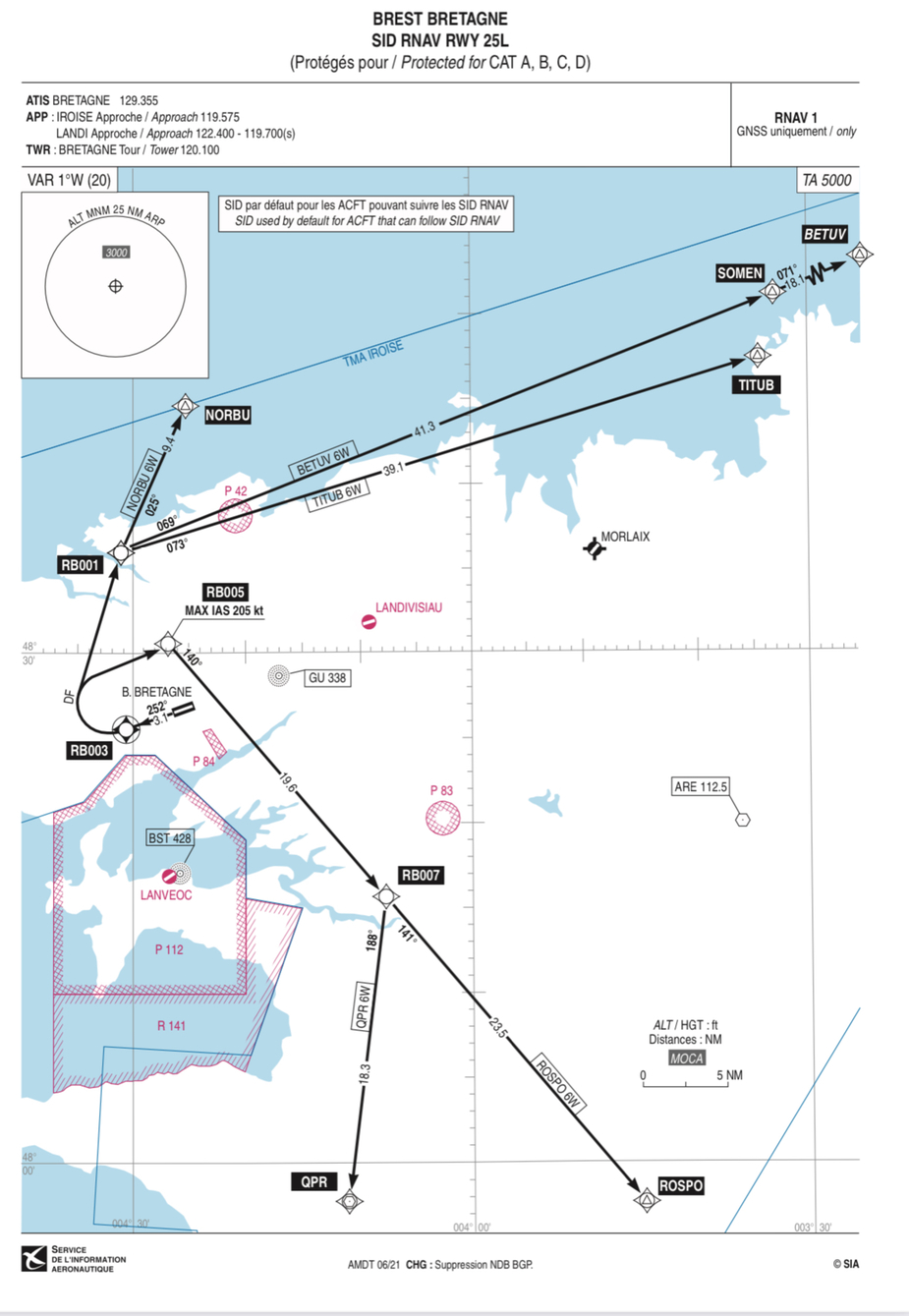We use B2D2S1 for GNS430 (non SBAS) and also GTN750. I used to have Garmin document which confirms this but can´t find it anymore. Autorouter equipment wizard has some pre-configured navigators and for SBAS capability it ads NAV/SBAS. For 430W it gives B2D2S1. Found this document which seems to confirm it.
Cirrus_Aircraft_ICAO_Codes_2016_pdf
Airborne_Again wrote:
Whether an “RNAV” approach requires GPS depends on how it is designed. RNAV can also be done using DME-DME.Of course I’m referring to a European context where approaches are designed according to PANS-OPS.
There are no RNAV approaches in the USA that use DME-DME.
gallois wrote:
I thought that RNAV and GNSS approach plates were now all becoming RNP approaches but it might take time for Jepp and others to change all their plates.
They are outside of the USA. In the USA, the procedure names are not being changed and will remain RNAV (GPS). The US is adding a PBN equipment box on the RNAV (GPS) approach procedure chart that will include RNP APCH. My response was tongue in cheek. Also although there are GNSS systems available in the world, but only the US GPS system is used in certified equipment so far that is generally available.
I thought that RNAV and GNSS approach plates were now all becoming RNP approaches but it might take time for Jepp and others to change all their plates. Before GPS etc wasn’t RNAV and BRNAV simply systems which calculated position from a mix of ground based installations such as DME and VOR which allowed one to fly routes which did not rely on going from one radio aid direct to another as on airways.
Ibra wrote:
DME-DME is RNAV1 (or RNP1 with 3 DME?) but it won’t allow the required RNP0.3 for most approach procedures? you will need inertial units?Some SID/STAR are RPN1/RNAV1 procedures but are restricted to “GPS only”, I assume they were flown on DME/DME and 2-3*DME signal was never there?
My point is that before RNP was fully implemented (PANS-OPS 6th ed.), there were different criteria for RNAV procedure design depending on the sensors (PANS-OPS 5th ed.).
DME-DME is RNAV1 (or RNP1 with 3 DME?) but it won’t allow the required RNP0.3 for most approach procedures? you will need inertial units?
Some SID/STAR are RPN1/RNAV1 procedures but are restricted to “GPS only”, I assume they were flown on DME/DME and 2-3*DME signal was never there?
This would be valid to any place that sits in some 30nm corner with one single DME around, it won’t allow DME/DME bellow 2000ft, I just saw this for Brest SID which is RNAV1 with GPS only…

NCYankee wrote:
You might have been cleared for an RNP approach that requires GNSS, but I have never been cleared for an RNP approach, only an RNAV approach and they require GPS
Whether an “RNAV” approach requires GPS depends on how it is designed. RNAV can also be done using DME-DME.
Of course I’m referring to a European context where approaches are designed according to PANS-OPS.
Airborne_Again wrote:
Of course not. You’re cleared for an RNP approach. What minimum line you use is not something ATC cares about.
 You might have been cleared for an RNP approach that requires GNSS, but I have never been cleared for an RNP approach, only an RNAV approach and they require GPS.
You might have been cleared for an RNP approach that requires GNSS, but I have never been cleared for an RNP approach, only an RNAV approach and they require GPS. 
NCYankee wrote:
I have never been cleared for an LPV approach
Of course not. You’re cleared for an RNP approach. What minimum line you use is not something ATC cares about.
In Europe, ATC (or rather flow control) does care about your minimum RVR, but I don’t think that’s relevant for CAT I operations.
A while ago I spent a while trying to figure this out for a non -w 430. I decided to just use B2C2D2O2S1. I leave out the oceanic stuff because I know it needs approval, the rest I add what Garmin says the box is capable of. It is made much too difficult in my opinion to find the letter of the law on this and as mentioned already, it doesn’t really matter anyway. I have tried my best to be correct and if I have it wrong then so be it.